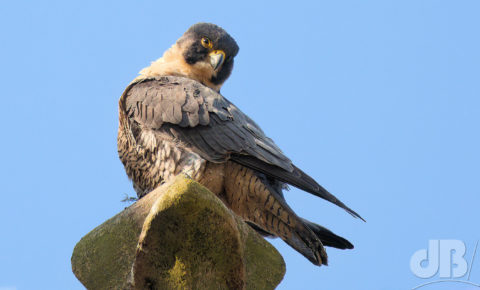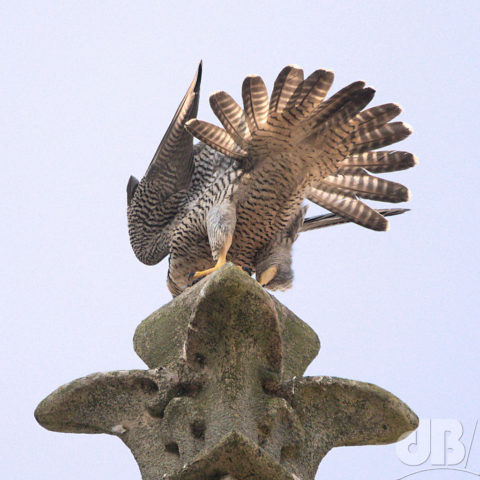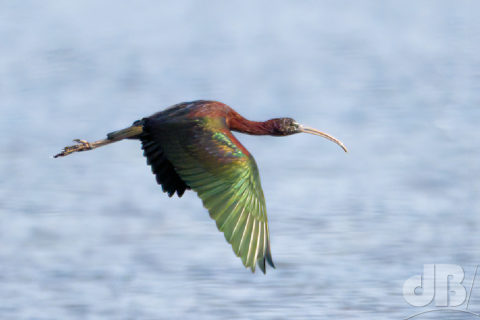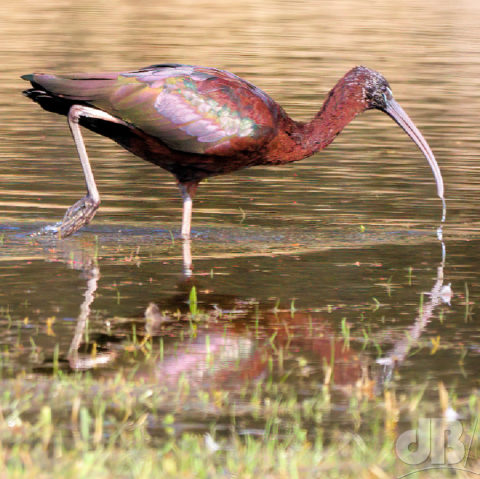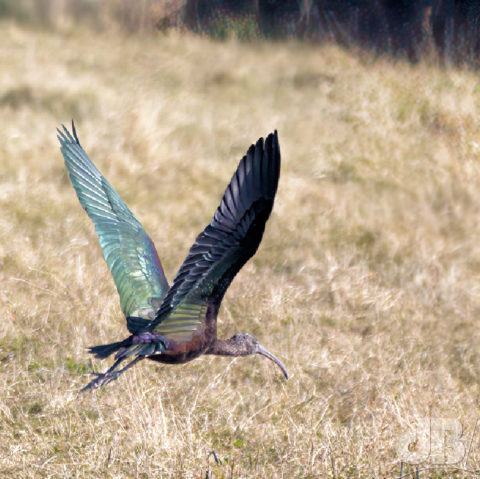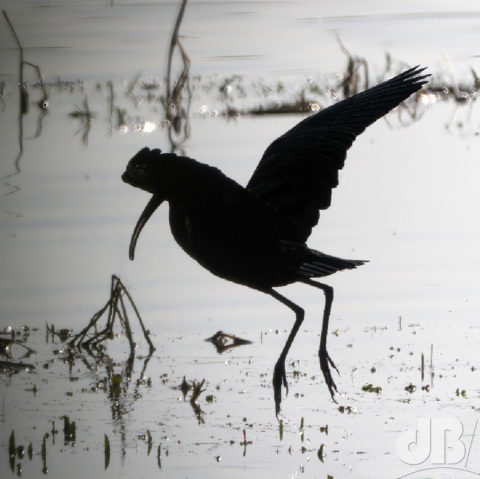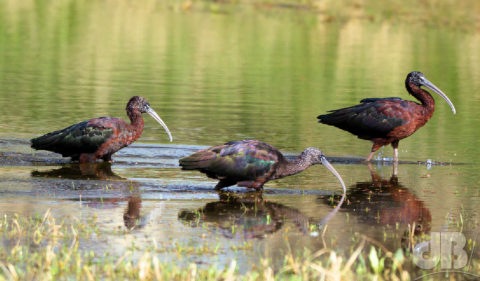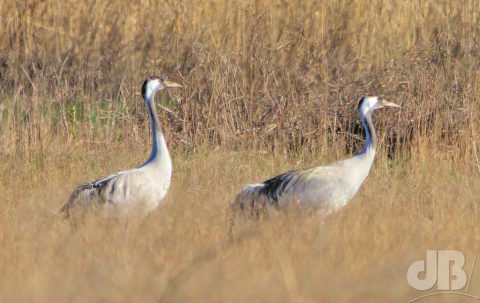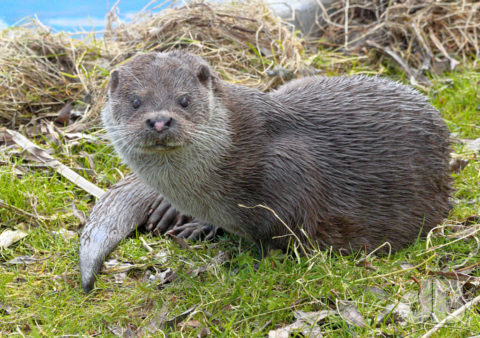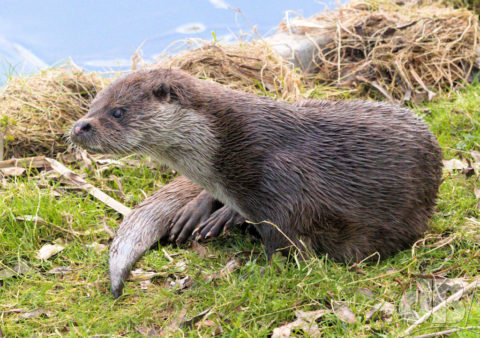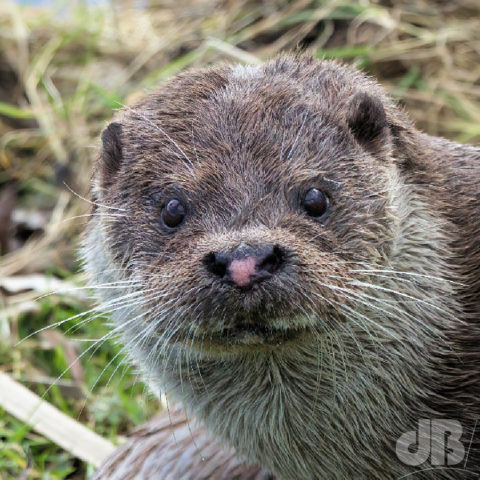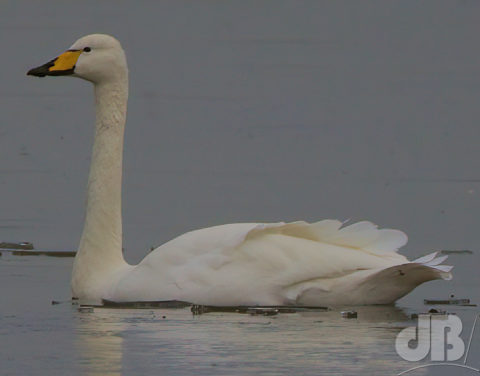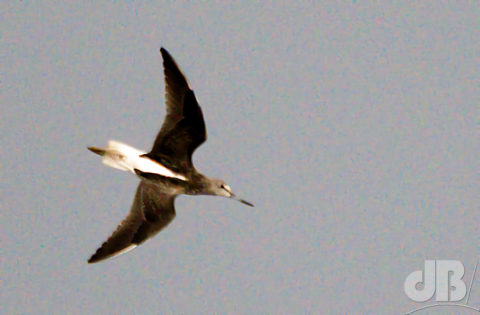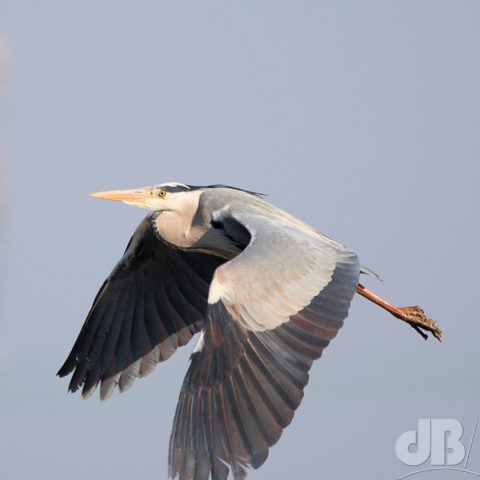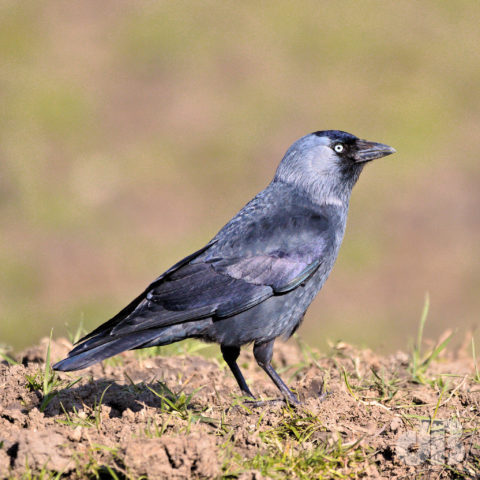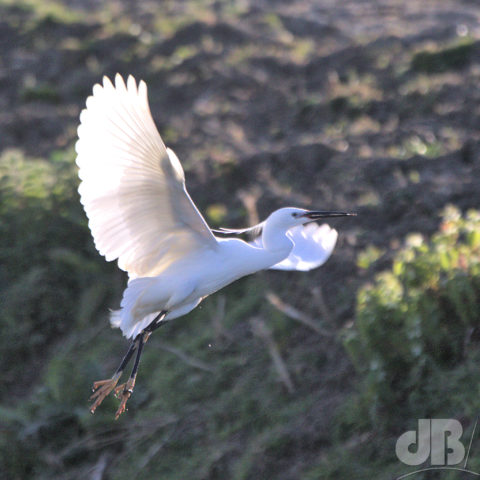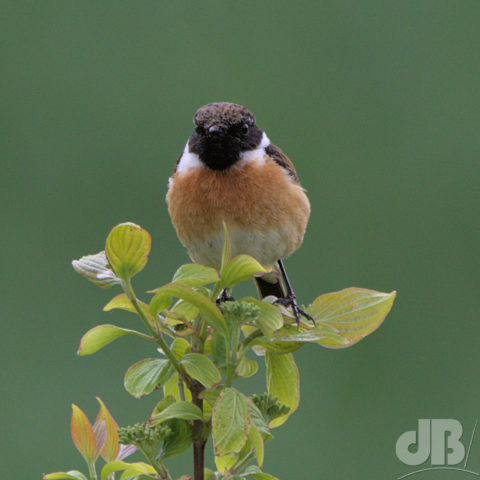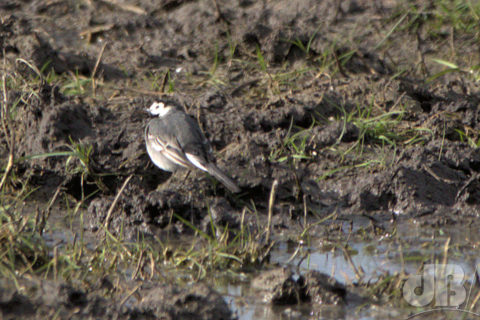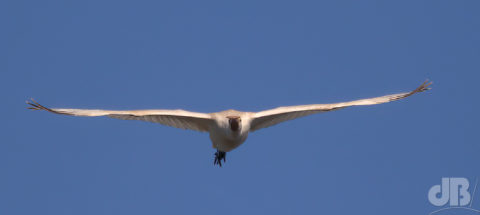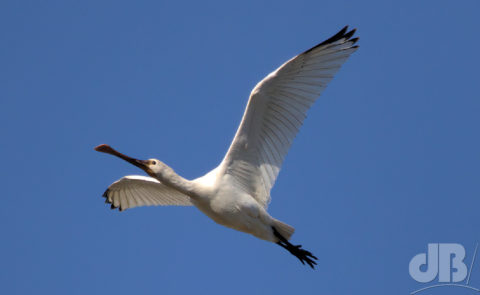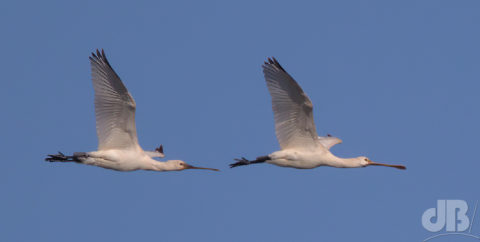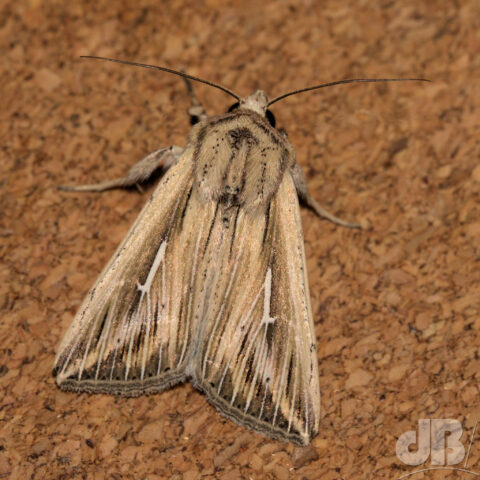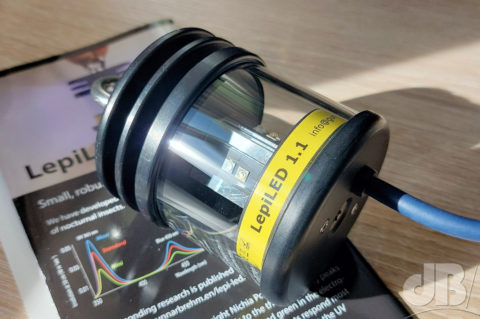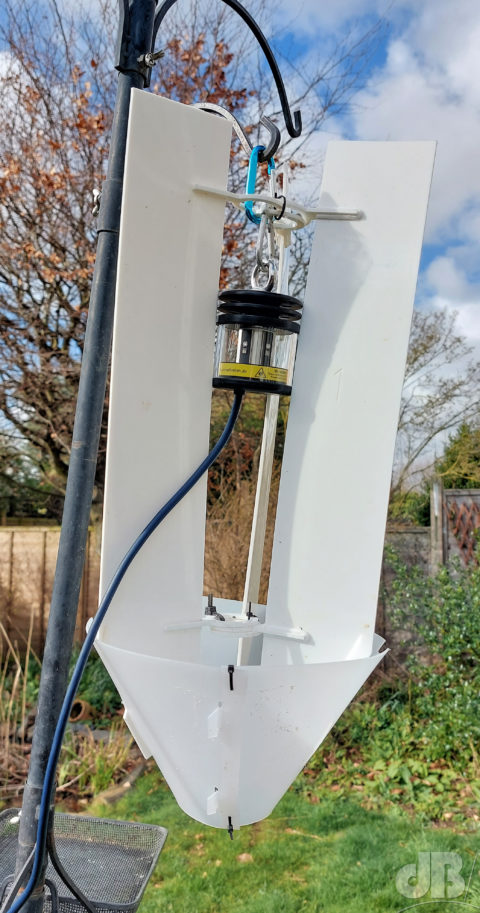A little bit of pseudo-Americana about a hobo with delusions of grandeur hopping from town to town, state to state, narrowly avoiding being grabbed by the railroad bulls. It’s the Great Depression of the 1930s. He panders to his addictions and his dependencies, gambling, drinking, partaking of them unholy angels, until he comes to the end of the line.
You can listen to the piano-led piece on SoundCloud or BandCamp as usual, it’s the 8th addition to my Lifelines mini-album there.
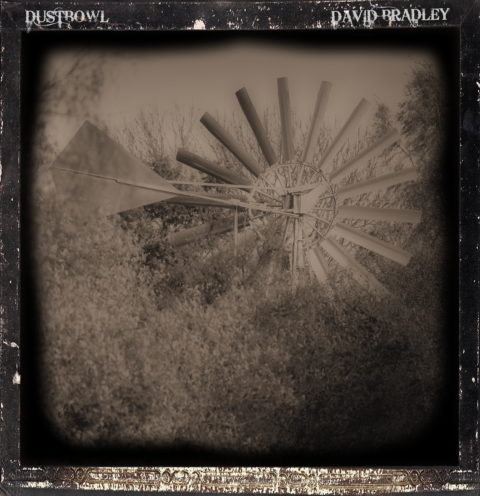
The artwork is somewhat incongrous, it’s a modern, but old-style windpump at Wicken Fen. It’s not dissimilar to the windpumps you might have seen in Western movies set in New Mexico, Texas, and Kansas, the heartlands of the dustbowl. It’s the kind that would spin and creak as the stranger finally leaves town. The photo treatment is also incongruous, a faked daguerrotype that was popular 100 years before the dustbowl of the 1930s.
Originally, I’d thought of writing a song about the old hobos on the railroads and then bringing it up to date with reference to the derailed railways now being tourist hiking trails. I came up with the basicss with no tune to hand and then once again worked with @LillBirdToldMe to hone the lyrics to something apparently meaningful and stronger than what I started with by a country mile. I then pieced together a piano arrangement over which I could lay my vocal.
Just for the record, I’ve travelled in 23 of the 50 US states, worked in West Virginia, and although I’ve never hopped a freight train, I’ve driven along dusty blue highways, I know they’re roads and not railroads. It’s poetic licence…or should that be license?
Dustbowl
Kicking up the railroad dirt, I ride these metal wheels
There’s plenty of times those dozy bulls come snapping at my heels
They’ve got to let it go when I hop that old freight train
Never going to mess with me in this old town again
Some unholy angel going to fix me up alright
Heading for the county line making good time tonight
I’m riding high in the lowdown, you know I’m on a roll?
’cause kicking back is easy on the blue highways of the dustbowl
Nickel and dime the journeys you can ride from stay to stay
Cross that bridge when it gets here, just hopping on that plate
The rolling stock’s for rolling as the years turn by and by
No tears are shed for the lonely who find no place to die
Nickel and dime the journeys you can ride from state to state
Cross that bridge when it gets here, just hopping off that plate
The rolling stock’s for rolling as the years turn by and by
No tears are shared for the lonely who find a place to die
The times they ain’t for changing, my fortune’s on the wind
Can’t make no money doing nothing, for that’d be a sin
I’m rattled by the railroad track from dusk to break of day
I’ve no Bible, just a bottle to ease my soul away
Riding high in the lowdown, know I’m on a roll!
’cause kicking back is easy on the blue highways
out of the dustbowl, of the dustbowl
Nickel and dime the journeys you can ride from stay to stay
Cross that bridge when it gets here, just hopping off that plate
The rolling stock’s for rolling as the years turn by and by
No tears are shared for the lonely. The final place to die
Nickel and dime the journeys you can ride from stay to stay
Cross that bridge when it gets here, just hopping on that plate
The rolling stock’s for rolling as the years turn by and by
No tears are shed for the lonely who find no place to die
Nickel and dime the journeys you can ride from stay to stay
Cross that bridge when it gets here, just hopping off that plate
The rolling stock’s for rolling as the years turn by and by
No tears are shared for the lonely who find a place to die
